Hi there, pet lovers! 🦎
Mourning Geckos (Lepidodactylus lugubris) are one of the most unique and fascinating reptiles you can bring into your home. These tiny, parthenogenetic geckos are perfect for those who love observing rather than handling their pets. In this detailed review, we’ll explore everything you need to know about Mourning Geckos, from their quirky behaviors and care requirements to their affordability and availability. Whether you’re considering adding one to your family or just curious about these little marvels, this guide will help you make an informed decision.
Overview
Mourning Geckos are small, nocturnal lizards native to the tropical regions of the Indian and Pacific Oceans. They are known for their ability to reproduce without males (parthenogenesis), making them a fascinating subject for both scientists and reptile enthusiasts. Here’s a quick summary of what makes them stand out:
- Handling and Temperament: Not ideal for handling due to their small size and quick movements, but highly entertaining to observe.
- Care and Maintenance: Low-maintenance but require specific humidity and temperature conditions.
- Health and Durability: Hardy and resilient, but their small size makes them delicate.
- Availability: Widely available through breeders, expos, and online retailers.
- Cost: Affordable to purchase and maintain, with minimal ongoing expenses.
- Overall: A fantastic pet for those who enjoy observing natural behaviors and maintaining bioactive setups.
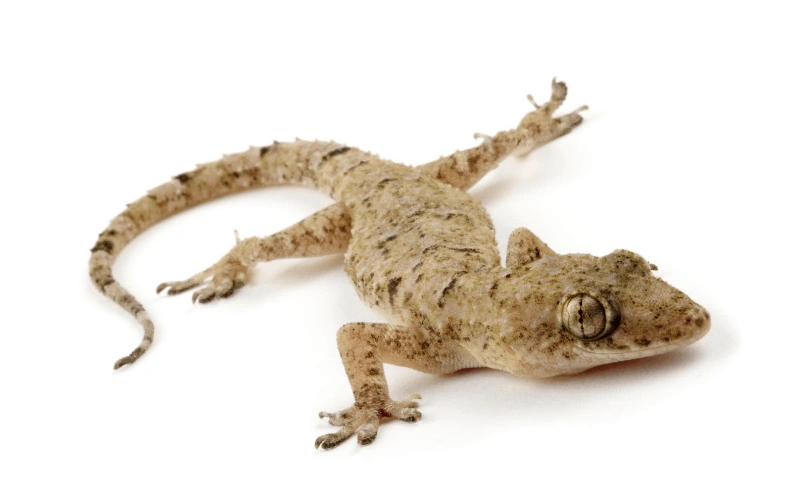
Why Choose a Mourning Gecko?
Mourning Geckos are ideal for those who want a unique, low-maintenance pet that thrives in a naturalistic environment. Their small size, social behaviors, and ability to reproduce without a mate make them a captivating addition to any reptile collection. They are perfect for apartment living, as they don’t require much space and are quiet. Their long lifespan (10-15 years) and fascinating reproductive strategy make them a rewarding companion for dedicated pet owners.
Handling and Temperament
Mourning Geckos are not known for being handleable pets. Their small size (3-4 inches) and lightning-fast movements make them difficult to hold without risking injury or escape. However, their lack of handleability is more than made up for by their entertaining personalities and social behaviors.
Personality Variations
- Mourning Geckos are highly social and do best in small groups. They are curious, active, and often seen chirping or interacting with one another.
- While they may not enjoy being handled, they can become accustomed to human presence and may even crawl onto your hand during enclosure maintenance.
Handling Tips
- Avoid handling unless absolutely necessary, such as during enclosure transfers.
- If handling is required, do so in a secure area (like a bathtub) to prevent escapes.
- Be cautious of their tails, which they can drop if stressed. However, they will grow back.
Biting
- Mourning Geckos rarely bite, and if they do, it’s more of a gentle nip than anything painful.
Overall, Mourning Geckos are best appreciated as a hands-off pet, offering endless entertainment through their natural behaviors.
Care and Maintenance
Mourning Geckos are relatively low-maintenance, but they do have specific care requirements. Here’s what you need to know to keep them happy and healthy:
Enclosure Setup
- Size: A 10-gallon vertical tank is suitable for a small group of Mourning Geckos. Larger enclosures are better for enrichment.
- Climbing Space: Being arboreal, they need plenty of vertical space with branches, vines, and foliage for climbing.
- Substrate: Use coconut fiber, bioactive soil, or reptile carpet. Avoid loose substrates that could cause impaction if ingested.
- Hiding Spots: Provide plenty of hiding spots and live plants to make them feel secure.
Humidity and Temperature
- Humidity: Maintain moderate humidity levels (60-80%) by misting the enclosure daily.
- Temperature: They thrive at room temperature (72-80°F). Avoid overheating, as temperatures above 85°F can be harmful.
Feeding
- Diet: Mourning Geckos are omnivorous and thrive on a diet of crested gecko diet (e.g., Pangea, Repashy) and live insects like fruit flies or pinhead crickets.
- Feeding Schedule: Offer food every other day, adjusting portion sizes based on their appetite.
Lighting
- Mourning Geckos do not require UVB lighting if their diet is properly supplemented, but providing low-level UVB can benefit their overall health.
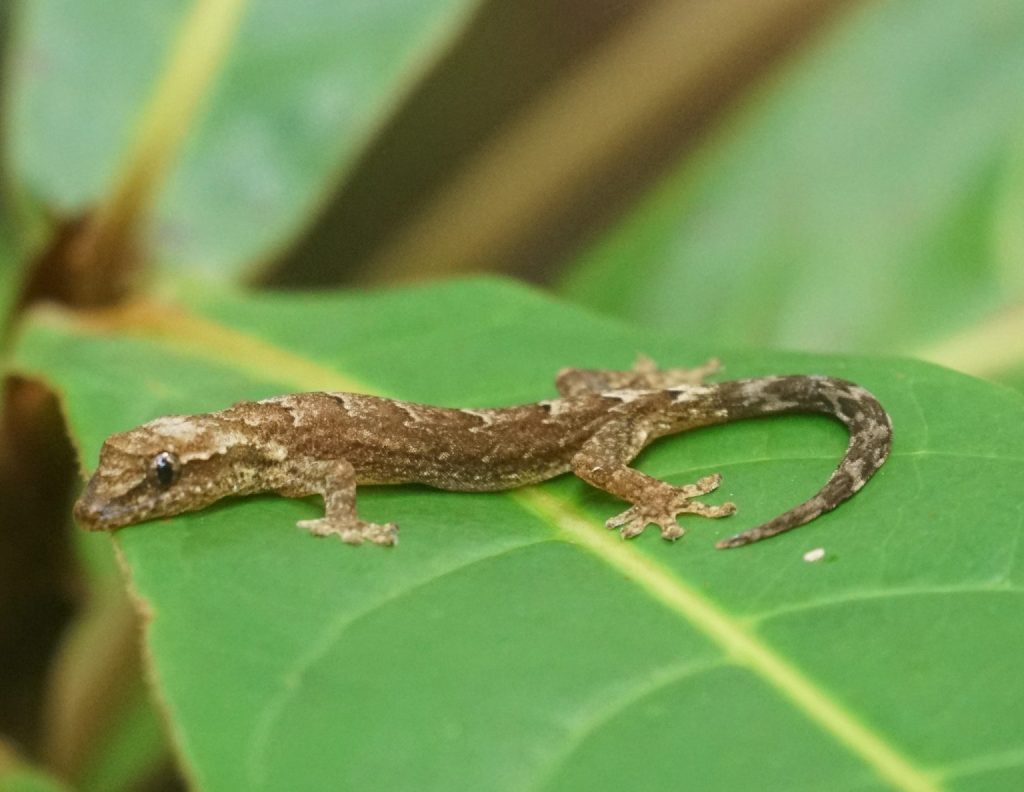
Health and Durability
Mourning Geckos are generally hardy but can be sensitive to environmental changes. Here are some key points to keep in mind:
Common Health Issues
- Dehydration: Caused by low humidity levels.
- Shedding Issues: Often due to insufficient humidity.
- Tail Loss: While not harmful, it’s a sign of stress.
Preventative Care
- Maintain proper humidity and temperature levels.
- Provide a balanced diet and clean water.
- Handle them gently (if at all) to avoid injury.
With proper care, Mourning Geckos can live 10-15 years, making them a long-term commitment.
Availability and Cost
Mourning Geckos are widely available and affordable, making them accessible to most pet owners.
Where to Buy
- Breeders: The best option, as breeders can provide healthy, well-cared-for geckos.
- Reptile Expos: Great for meeting breeders and choosing from a variety of geckos.
- Pet Stores: Less ideal, but some stores carry Mourning Geckos.
Cost
- Gecko Price: $20 to $50 per gecko, depending on age and source.
- Setup Cost: Around $100 to $200 for a basic enclosure and supplies.
Pros and Cons
Pros
- Easy to care for and maintain.
- Affordable to purchase and care for.
- Fascinating reproductive behavior (parthenogenesis).
- Social and entertaining to observe.
Cons
- Not suitable for handling.
- Require daily misting and monitoring of humidity.
- Can be escape artists due to their small size.
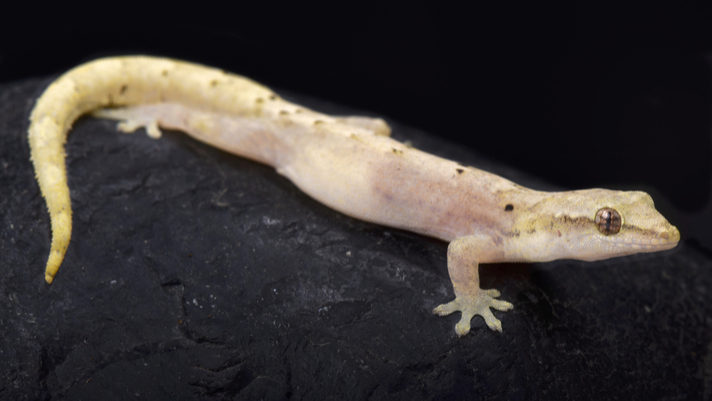
Final Thoughts
Mourning Geckos are a fantastic choice for anyone looking to add a unique and low-maintenance pet to their home. Their ease of care, affordability, and captivating behaviors make them a favorite among reptile enthusiasts. While they may not be the best choice for those seeking a handleable pet, their charm and personality more than make up for it.
If you’re considering a Mourning Gecko, we highly recommend visiting a breeder or expo to meet them in person. Their tiny size and big personalities are sure to win you over.
Have you owned a Mourning Gecko? Share your experiences and tips in the comments below! We’d love to hear how you care for your gecko and what makes them special to you.
For more reptile care tips and reviews, stay tuned to our blog and don’t forget to subscribe to our newsletter! 🦎

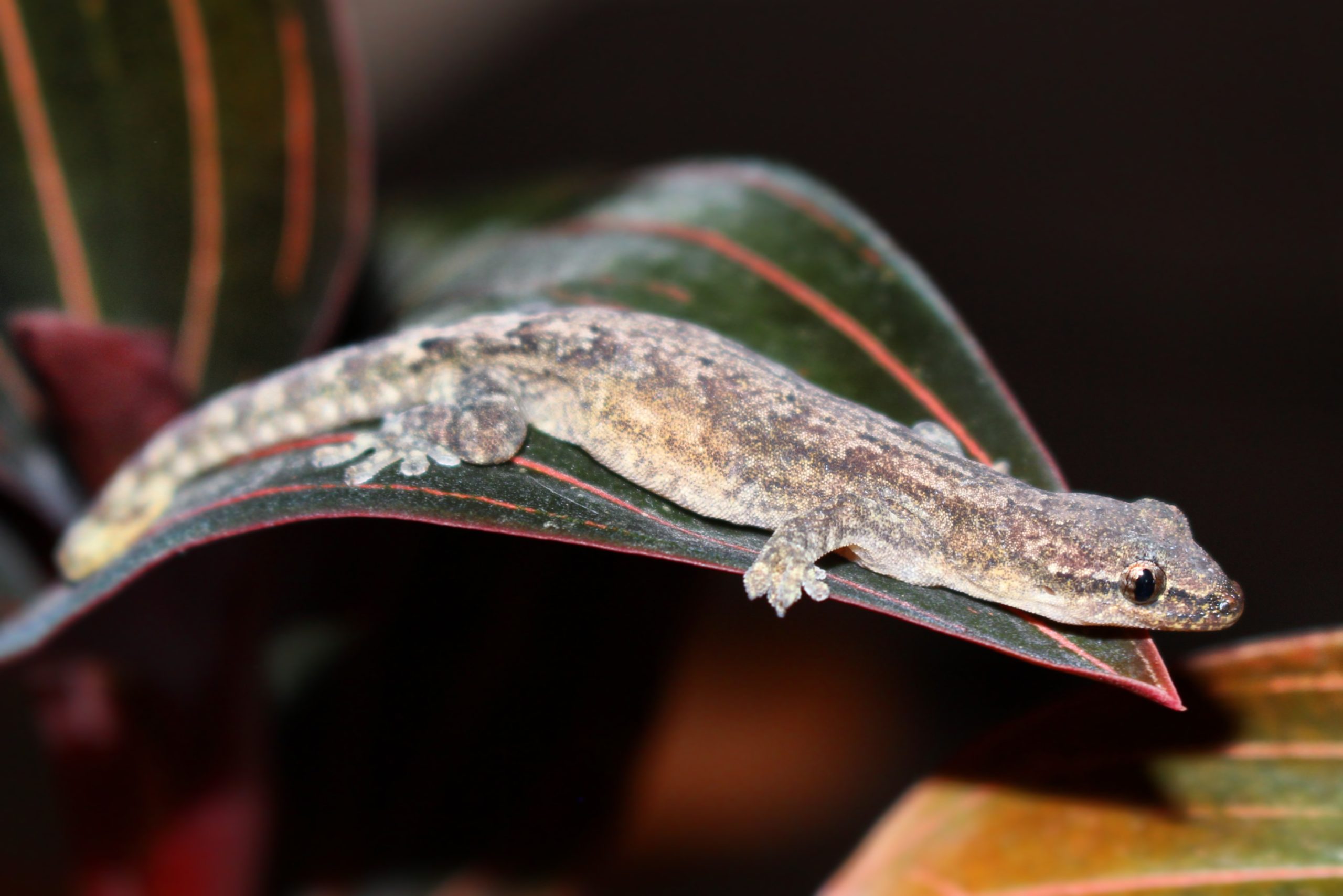

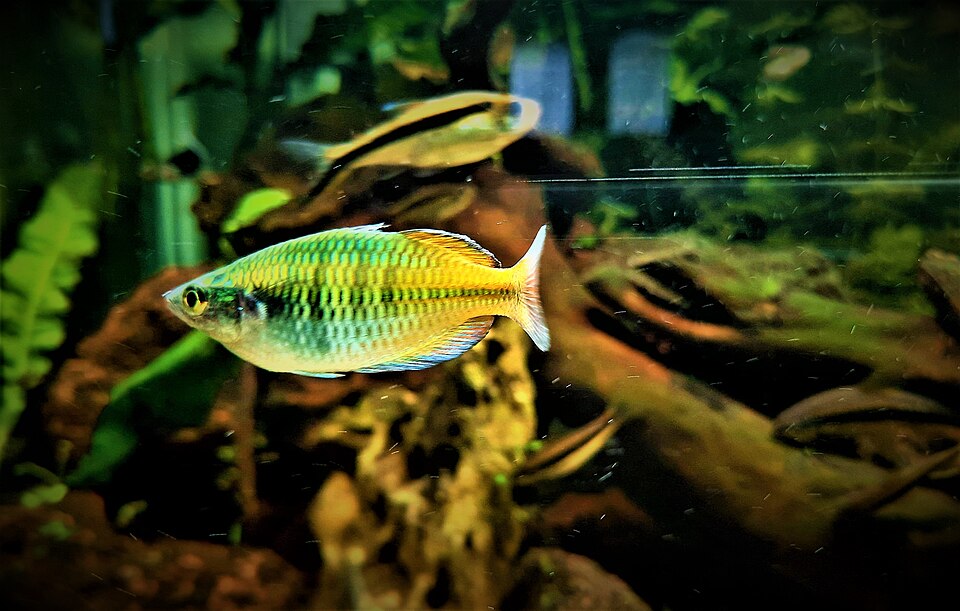
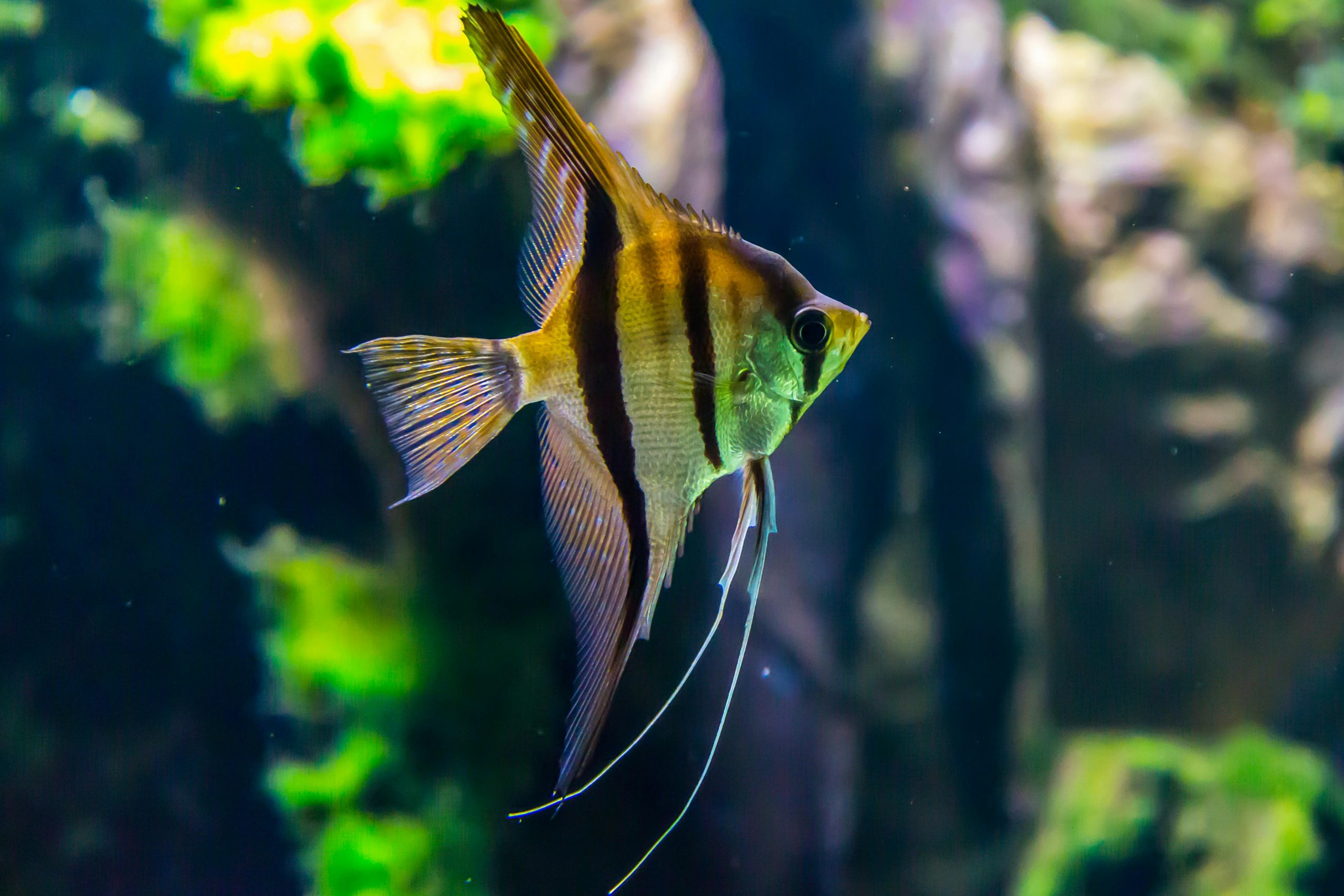
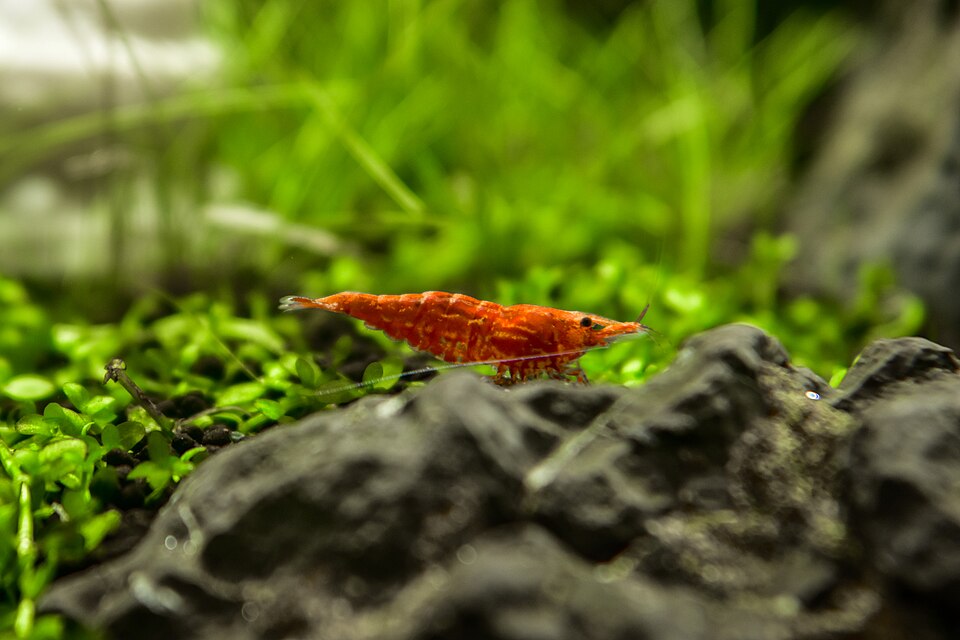

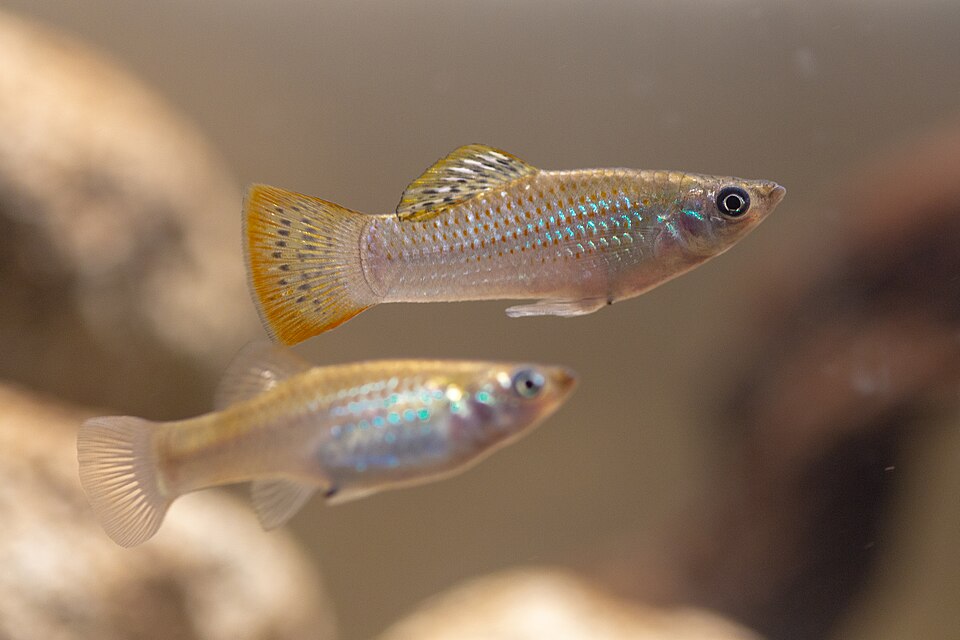
Leave a Reply